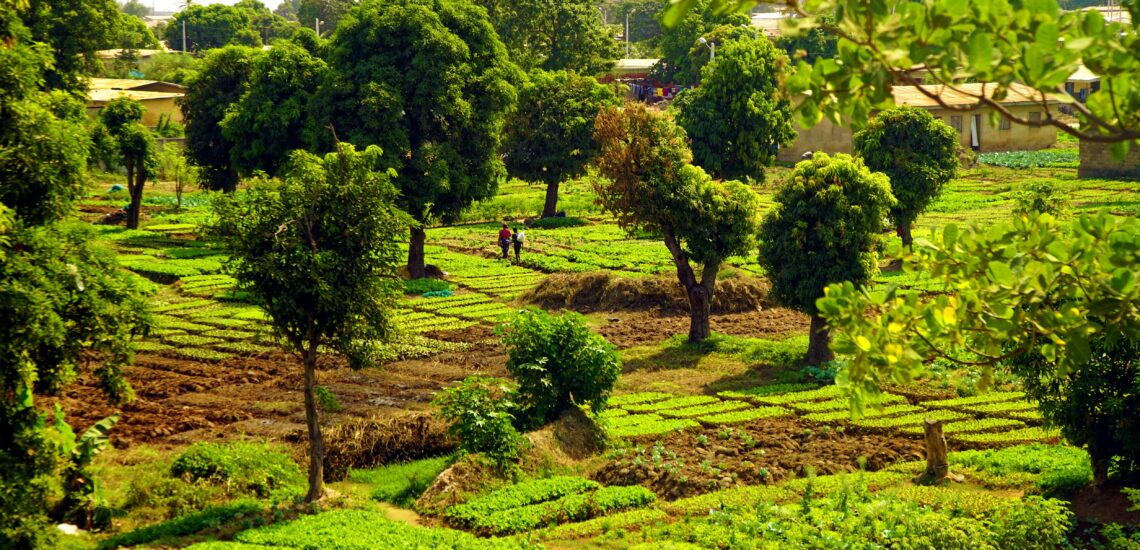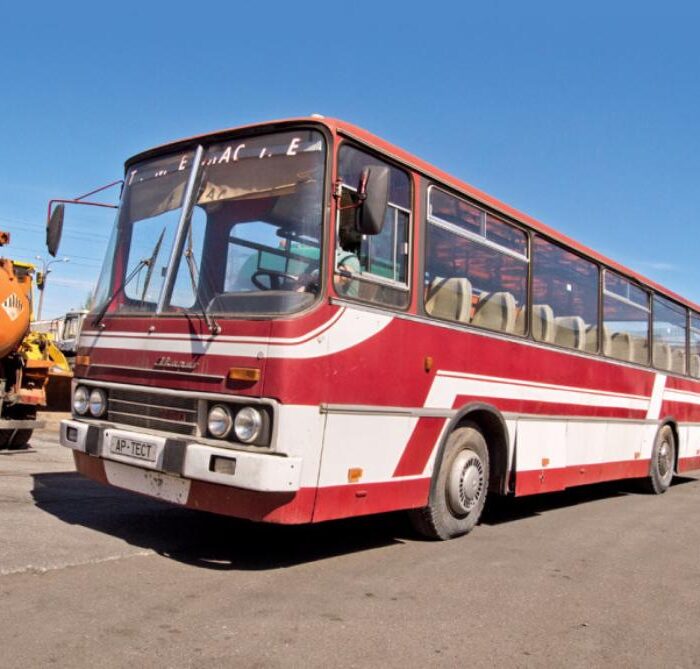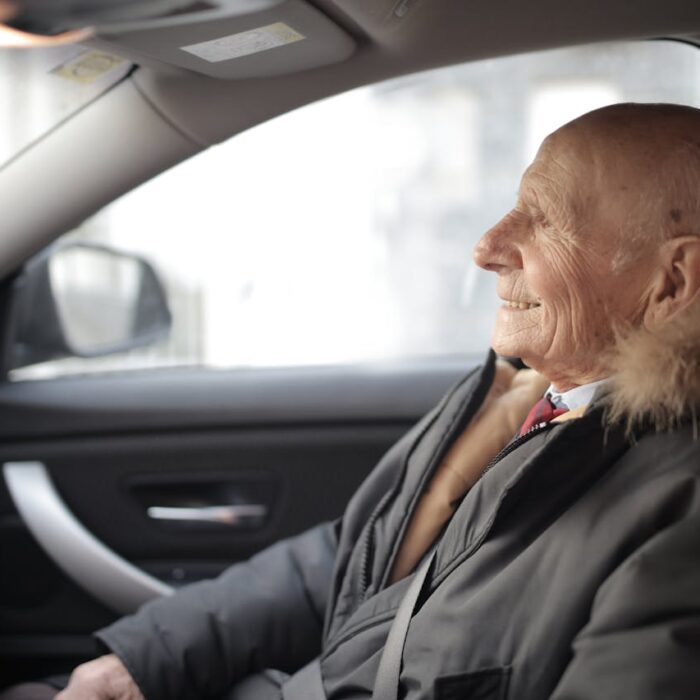Quick facts about Burkina Faso:
- Population: Approximately 23.5 million people.
- Capital: Ouagadougou.
- Official Language: French.
- Other Languages: More than 60 indigenous languages, including Moore, Fulfulde, and Dioula.
- Currency: West African CFA franc (XOF).
- Government: Semi-presidential republic (though it has experienced political instability in recent years).
- Major Religion: Islam and Christianity, along with traditional African beliefs.
- Geography: Landlocked country in West Africa, bordered by Mali to the north and west, Niger to the east, Benin to the southeast, and Togo, Ghana, and Côte d’Ivoire to the south. Burkina Faso has a predominantly savanna landscape, with some wooded regions and seasonal rivers.
Fact 1: The main landscapes of Burkina Faso include savannahs
The country is primarily characterized by tropical savannahs, which cover large portions of its terrain and support a variety of grasses, shrubs, and scattered trees. These savannahs are divided into two main types: Sudanian savannah in the south and Sahelian savannah in the north.
In the Sudanian savannah zone, which receives more rainfall, the landscape is greener with denser vegetation, including shea trees, baobabs, and acacias. The Sahelian savannah in the northern part of the country is more arid, with sparse vegetation and shorter grasses adapted to drier conditions. This region borders the Sahara Desert, and desertification is an ongoing environmental challenge there due to limited rainfall.
Burkina Faso also has a few other notable landscapes, such as rocky plateaus and seasonal rivers (many of which are dry for parts of the year). These diverse landscapes support various forms of agriculture, as well as wildlife, particularly in protected areas like Arly National Park and the W National Park, which Burkina Faso shares with neighboring Benin and Niger.

Fact 2: Burkina Faso has experienced a series of coups d’état and political upheavals
Since gaining independence from France in 1960, Burkina Faso has faced numerous military coups and shifts in leadership. One of the most notable figures in the country’s political history was Thomas Sankara, who came to power in a 1983 coup, leading a revolutionary government focused on anti-imperialism and self-sufficiency. However, Sankara was assassinated in 1987 in another coup, led by Blaise Compaoré, who then ruled for 27 years until his removal in 2014.
In recent years, Burkina Faso has struggled with insecurity and violence, particularly due to the rise of extremist groups and armed conflicts in the Sahel region. Since 2015, Islamist insurgencies and local conflicts have increased, particularly in the northern and eastern parts of the country, leading to widespread displacement and humanitarian challenges. This instability has affected safety conditions, with frequent attacks on both civilians and military targets.
The political situation remains fragile, with recent military takeovers occurring in 2022. Burkina Faso’s security issues, coupled with ongoing political uncertainty, make it a challenging environment for both residents and visitors. If you are planning a visit to a country, check the guidelines of the Ministry of Foreign Affairs of your country, check if you need additional documents besides the visa, such as an International Driving Permit to drive in Burkina Faso, or if you are visiting dangerous regions take care of security and escorts.
Fact 3: There are 3 UNESCO World Heritage sites to see in Burkina Faso
Burkina Faso is home to three UNESCO World Heritage sites, each reflecting the country’s rich cultural and historical heritage:
- The Ruins of Loropéni: Listed in 2009, the Loropéni ruins are a fortified settlement in southwestern Burkina Faso, part of the larger Lobi cultural region. These stone ruins date back several centuries and are associated with the trans-Saharan gold trade, believed to have flourished in the area between the 11th and 19th centuries. They are the most well-preserved remains of the ancient settlements in the region, highlighting Burkina Faso’s historical role in trade networks.
- The Ancient Ferrous Metallurgy Sites: Added in 2019, this site includes five locations in Burkina Faso that preserve evidence of ancient iron-smelting technology. These sites, dating back over 2,000 years, showcase the region’s early advancements in metallurgy and the cultural practices related to iron production, which played a crucial role in local societies.
- The W-Arly-Pendjari Complex (shared with Benin and Niger): Designated as a UNESCO World Heritage site in 1996, this vast transboundary park system stretches across Burkina Faso, Benin, and Niger. Known for its biodiversity, the W-Arly-Pendjari (WAP) complex is home to a range of wildlife, including elephants, lions, cheetahs, and various bird species. The Burkinabe part includes the Arly National Park, an essential habitat within this larger conservation area.
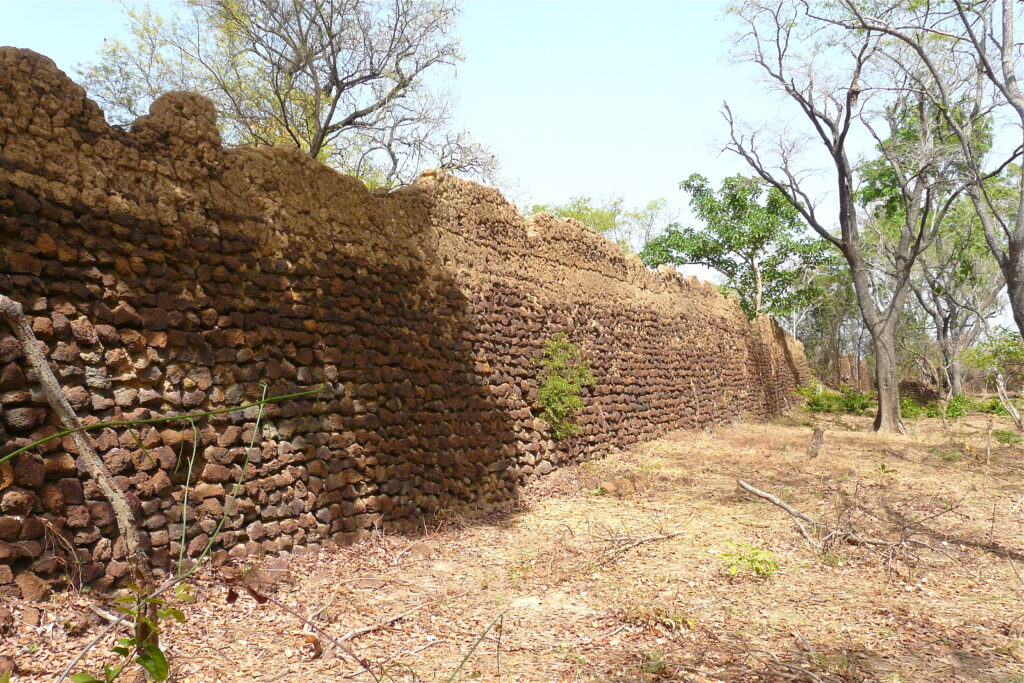
Fact 4: Burkina Faso had a different name after independence
After gaining independence from France in 1960, Burkina Faso was originally named Upper Volta. The name “Upper Volta” referred to the upper basin of the Volta River, which flows through the country.
In 1984, the then-president Thomas Sankara changed the country’s name to Burkina Faso, which means “Land of Honest People” in the local Mossi language. This name change was part of Sankara’s broader vision of promoting national identity and pride, as well as distancing the country from its colonial past.
Fact 5: Burkina Faso has unusual Sahelian-style mosques
Burkina Faso is known for its distinctive Sahelian-style mosques, which are characterized by their unique architectural features and cultural significance. These mosques are primarily constructed from adobe (sun-baked clay) and often feature a combination of traditional Sahelian and Islamic architectural elements.
One of the most famous examples of Sahelian architecture in Burkina Faso is the Grand Mosque of Bobo-Dioulasso, the second-largest city in the country. Completed in the 19th century, this mosque showcases the traditional adobe construction methods, with tall, slender minarets and decorative motifs that reflect the local culture.
Another notable mosque is the Sankoré Mosque in the city of Ouagadougou, which also exemplifies the Sahelian architectural style. These mosques typically have wooden beams that protrude from the walls and are often adorned with intricate designs, creating a visually striking appearance.

Fact 6: Burkina Faso is one of the poorest countries in the world
Burkina Faso is one of the poorest countries in the world, with approximately 40% of its population living below the international poverty line of $1.90 a day, according to the World Bank. The economy relies heavily on agriculture, which is vulnerable to climate change and environmental challenges. Additionally, Burkina Faso faces issues of political instability and security threats, further exacerbating poverty and limiting development efforts.
Fact 7: But the country is in the top ten countries for birth rate and median age of the population
Burkina Faso is among the countries with the highest birth rates in the world. As of recent statistics, it has a birth rate of approximately 37.6 births per 1,000 people, ranking it in the top ten globally. This high birth rate contributes to a youthful population, with a median age of around 18.5 years, one of the lowest in the world.
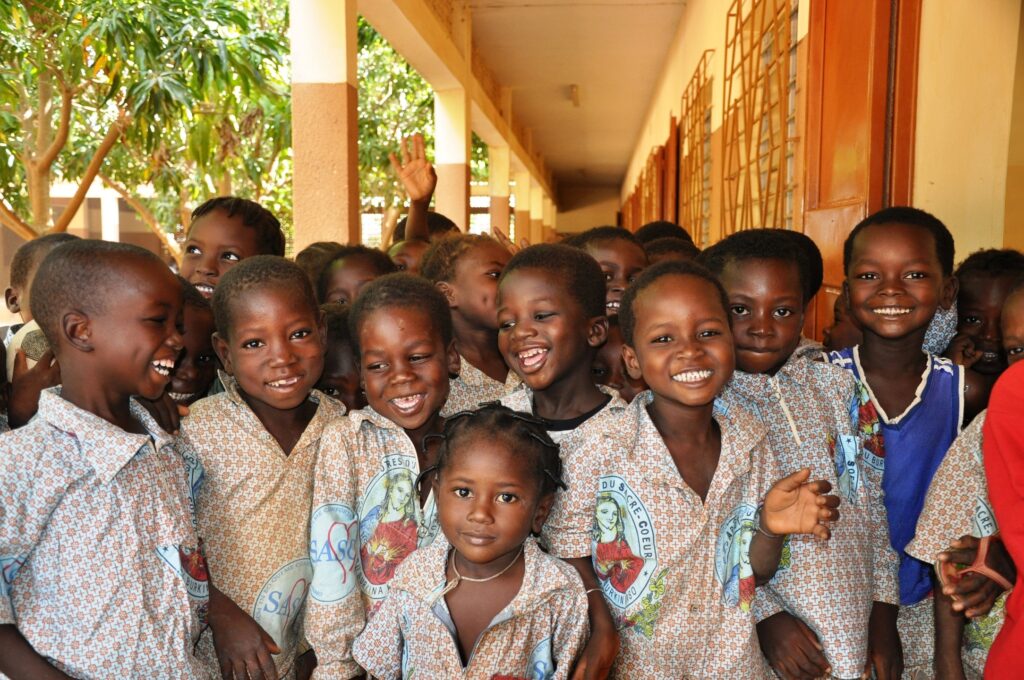
Fact 8: Unlike neighboring countries, Burkina Faso has few natural resources
While it has some mineral deposits, including gold, which is a significant export and has spurred economic growth, the country lacks substantial reserves of oil or natural gas. Other minerals such as manganese and limestone are present, but they are not as extensively exploited as in some neighboring nations.
Fact 9: The Mossi are the main ethnic group in Burkina Faso, but there are dozens of others
Mossi are the largest ethnic group in Burkina Faso, constituting about 40% of the population. They are primarily located in the central region of the country and are known for their rich cultural traditions and social organization.
However, Burkina Faso is home to a diverse array of ethnic groups, with over 60 different groups recognized. Some of the notable ethnic groups include the Fula (Peul), Gourmantché, Lobi, Bobo, Kassena, and Gurma. Each of these groups has its own distinct language, customs, and cultural practices, contributing to the rich tapestry of Burkina Faso’s national identity.
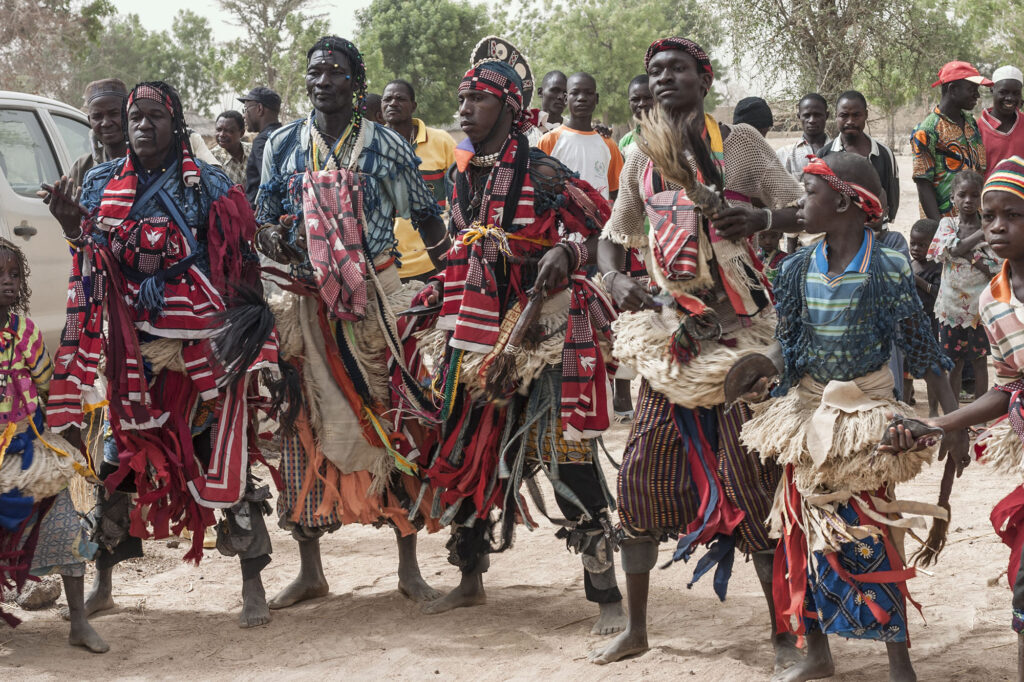
Fact 10: Burkina Faso hosts Africa’s largest film festival
Burkina Faso is home to Africa’s largest film festival, the FESPACO (Festival Panafricain du Cinéma et de la Télévision de Ouagadougou). Established in 1969, FESPACO is held biennially in the capital city, Ouagadougou, and has become a significant event in the African film industry.
The festival showcases a wide range of films from across the continent, promoting African cinema and culture. It provides a platform for filmmakers to present their work, engage in discussions, and network with industry professionals. The festival features various categories, including feature films, documentaries, and short films, and it awards the prestigious Etalon d’Or (Golden Stallion) to the best film.

Published November 03, 2024 • 7m to read

